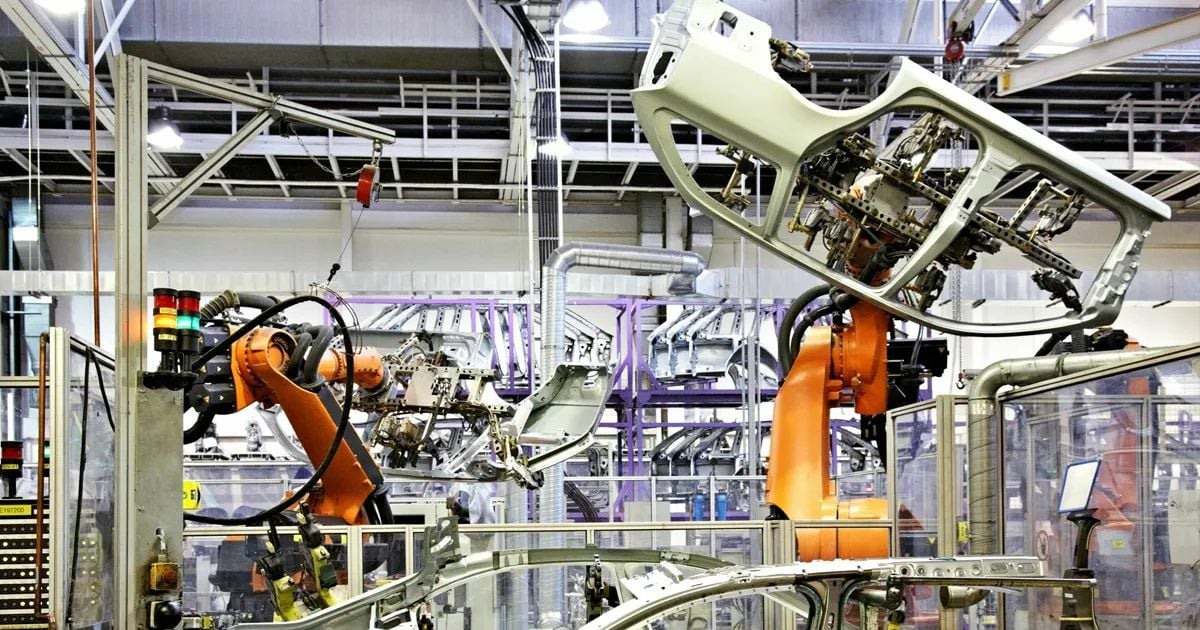Thailand’s vehicle production hits the brakes in a sharp downturn

The automotive industry in Thailand has experienced a significant downturn in vehicle production, with September 2024 seeing a total of 122,277 units produced, marking a 25.48% decrease from the same period last year.
This decline reflects a 15.78% reduction in vehicles manufactured for export, totalling 87,666 units, and a 42.31% drop in vehicles produced for domestic sales, amounting to 34,611 units.
Surapong Paisitpatanapong, an advisor to the Chairman of the Automotive Industry Group and spokesperson for the Federation of Thai Industries (FTI), highlighted these figures, noting that the domestic sales figures for September 2024 were the lowest in 53 months, at 39,048 units, showing a 37.11% year-on-year decline.
The primary reason behind this drop is the stringent loan approval criteria for car buyers due to the high levels of special mention (SM) loans, which stood at 208.575 billion baht, and non-performing car loans which reached 259.330 billion baht in July 2024.
The country’s economic growth in the second quarter of 2024 was a modest 2.3%, with projections for the entire year at only 2.7% to 2.8%. This slow economic growth has further exacerbated the decline in vehicle production and sales.
The automotive export market has also been affected, with completed vehicle exports dropping by 17.67% from the previous year to 80,254 units. The ongoing conflict in the Middle East has led to fewer shipping voyages and reduced spending in several key trading partners, resulting in lower vehicle sales across all markets except Australia, which saw an increase.
Over the first nine months of 2024 (January to September), the total number of vehicles produced for export was 774,175 units, a 4.42% decrease from the previous year. Meanwhile, domestic production fell by 38.57% to 353,851 units. Surapong spoke on the current state of vehicle production.
“The current state of vehicle production this year is concerning, the FTI will discuss revising the 2024 vehicle production estimates again in November, down from the current target of 1.7 million units.
“The export production target might be reduced by 50,000 to 100,000 units from the current 1.15 million units, and the domestic production target might be lowered by 20,000 to 30,000 units from 550,000 units.”
Financial institutions’ continued strict lending practices and the decline in electric vehicle (EV) sales also contribute to the industry’s challenges. Surapong explained that customers are hesitant to purchase EVs due to price uncertainties.
The global drop in lithium prices has led to a reduction in battery prices, but there are concerns that battery prices might surge again in 2025, reported KhaoSod.
Latest Thailand News
Follow The Thaiger on Google News:


























